The Cambodian Coast–Koh Kong
This is the final article in a four-part series about the Cambodian Coast. This one is about Koh Kong, a coastal city in western Cambodia on the Cambodian-Thai border. Previous articles featured National Highway 4 heading from Phnom Penh to the coast, National Highway 48 along the coast, and the coastal wilderness. This series is intended as a resource for those interested in exploring this intriguing area of Cambodia.
After a long day driving from Phnom Penh through the Cambodian wilderness on New Year’s Eve 2012, we arrived in Koh Kong City at nightfall.
I wished that we could have stayed in town but had to settle for a rural lodge several kilometers up the road. We stopped for a quick sunset photo on the Koh Kong City waterfront and headed to our hotel. I suddenly fell ill and celebrated the New Year in bed with a fever. What I thought were symptoms of dengue fever turned into a 24-hour flu, and thankfully I felt better in the morning.
The next day we drove the 7-kilometer long Koh Kong Bridge back to town. Built in 2002, the bridge spans the mouth of the wide but shallow Prek Kaoh (Kah Bpow) River.
The capital of Koh Kong Province and largest city in Cambodia’s western coastal region, Koh Kong City has a population of more than 35,000 but looks smaller with its residents scattered across a large area. With no stoplights and little traffic, the city streets resembled a ghost town when we visited. The city has long had a reputation as a “Wild West” frontier town and a haven for smugglers, but recent efforts to improve access via Highway 48 has helped integrate it with the rest of the country. It’s now more of a convenient stopover on the way from Phnom Penh to Bangkok, Thailand than a remote outpost.
The regional branch of the National Bank of Cambodia, also known as the “Red House,” is one of the more recognizable landmarks in town. It’s more pink than red, but who’s quibbling?
This lodge in the town center had a uniquely Kampuchean (former Khmer Rouge Cambodia) look to it with an odd melding of Cambodia architecture and communist symbolism.
Canals and boat moorings crisscrossed the city center, creating picturesque views and great photo opportunities.
When we visited, the city was in the process of sprucing up the waterfront, paving roads, and laying sidewalks in what looked like a half-hearted attempt to attract tourists, but it seemed like local officials were in no hurry to finish any projects. The place had an unkempt charm and organic look that centralized planning couldn’t duplicate. The tropical scenery just past the city center that gave the town a wild vibe.
Koh Kong City has both Buddhist and Muslim communities served by the Neang Kok Temple and Al-Mubarak Dubai Mosque. We saw Buddhist statues in a local park and two monks asking a local store for alms.
After our brief tour of Koh Kong City, we crossed the Koh Kong Bridge again and drove to the Cambodian-Thai border. The Prek Kaoh River looked more like a lake than a river.
On the way to the Cambodia-Thailand border, we passed a hodgepodge of eclectic architecture, including a Thai-style Buddhist shrine, Khmer-style gate, and the gaudy entrance to the Koh Kong Safari World Resort.
The drive from Koh Kong City to the border is about ten kilometers through some pretty countryside punctuated by a few beach resorts and homes. It’s one of the more organized, orderly, and uncrowded border crossings I’ve seen.
Although crossing into Thailand was somewhat confusing with few English speakers in the Customs and Immigration offices on both sides of the border, we made it through and entered Thailand after sorting out paperwork and communicating in hand signals.
For more information about driving in Cambodia, contact me at me@mgedwards.com.
More About the Cambodian Coast
Heading to the Coast (National Highway 4)
Driving the Coast (National Highway 48)
M.G. Edwards is a writer of books and stories in the mystery, thriller and science fiction-fantasy genres. He also writes travel adventures. He is author of Kilimanjaro: One Man’s Quest to Go Over the Hill, a non-fiction account of his attempt to summit Mount Kilimanjaro, Africa’s highest mountain, and a short story collection called Real Dreams: Thirty Years of Short Stories. He also wrote and illustrated Alexander the Salamander and Ellie the Elephant, two books in the World Adventurers for Kids Series. His books are available in e-book and print from Amazon.com and other booksellers. Edwards graduated from the University of Washington with a master’s degree in China Studies and a Master of Business Administration. He lives in Bangkok, Thailand with his wife Jing and son Alex.
For more books or stories by M.G. Edwards, visit his web site at www.mgedwards.com or his blog, World Adventurers. Contact him at me@mgedwards.com, on Facebook, on Google+, or @m_g_edwards on Twitter.
© 2013 Brilliance Press. All rights reserved. No part of this work may be reproduced or transmitted without the written consent of the author.

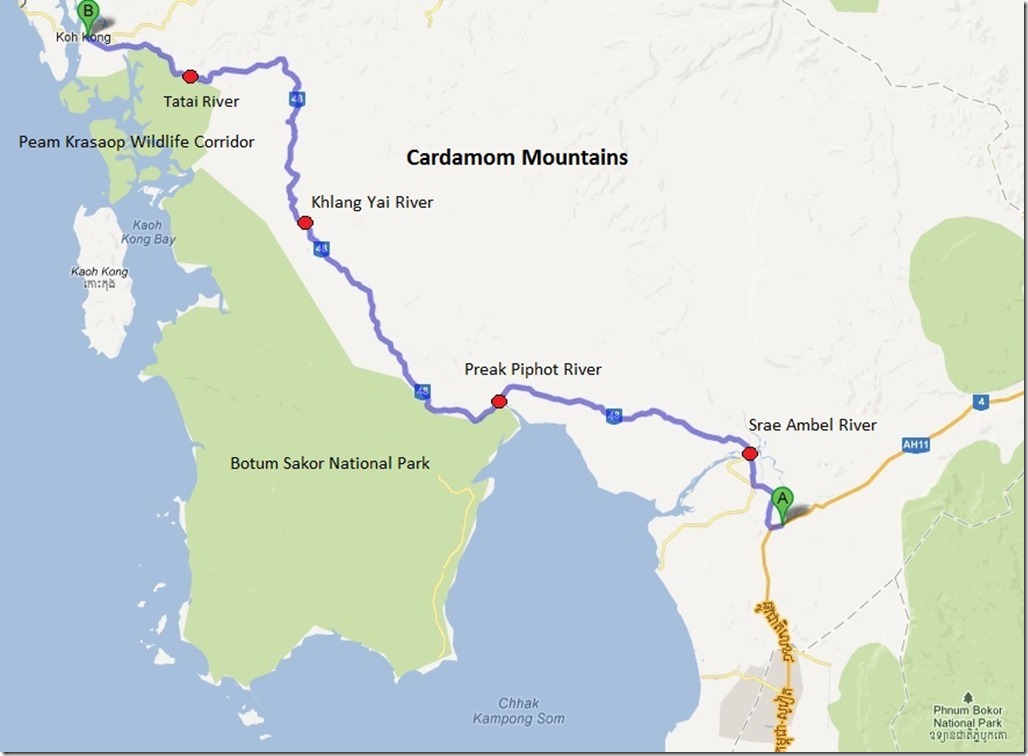
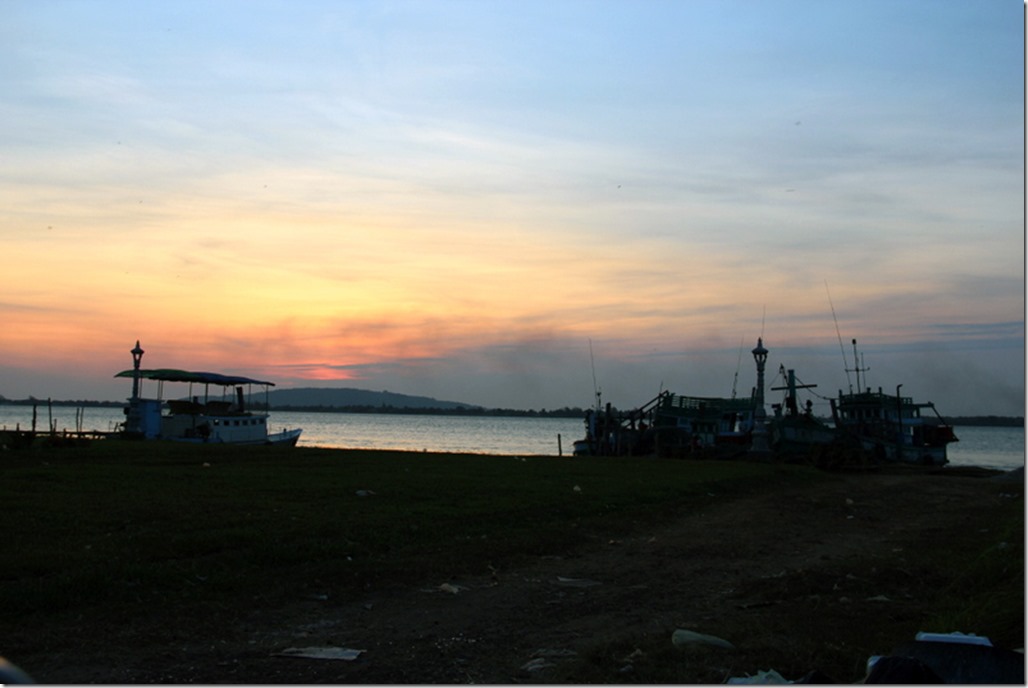
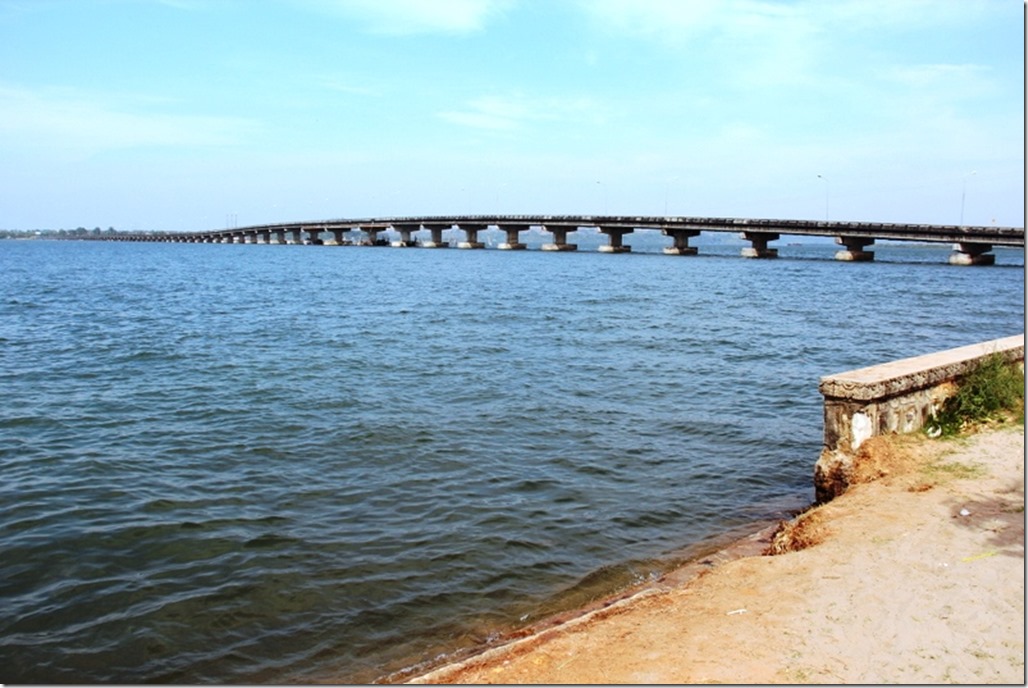
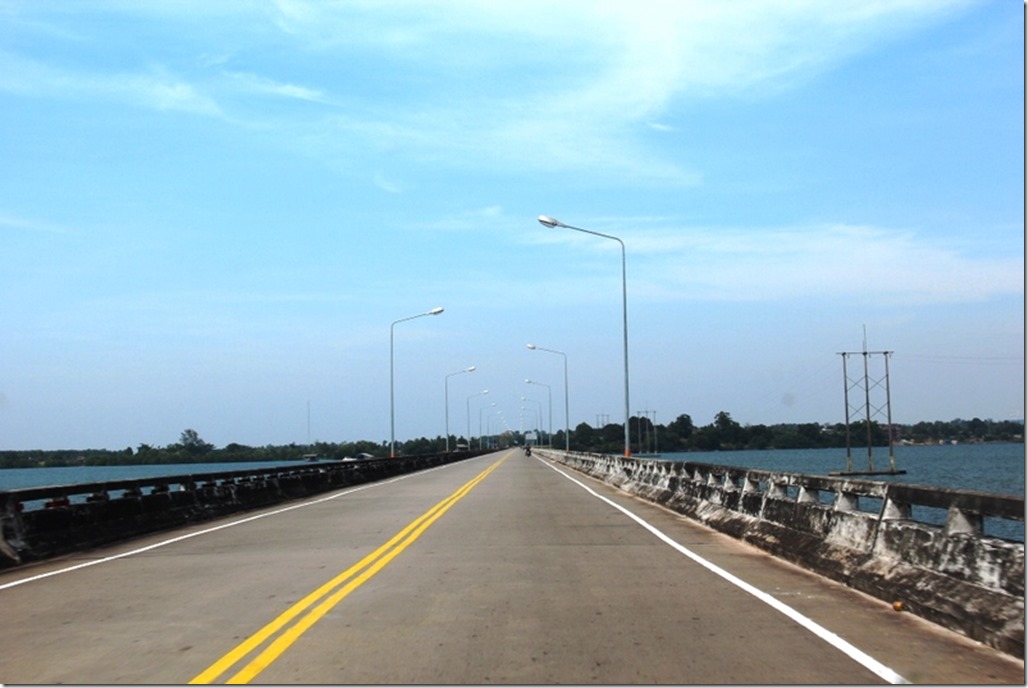
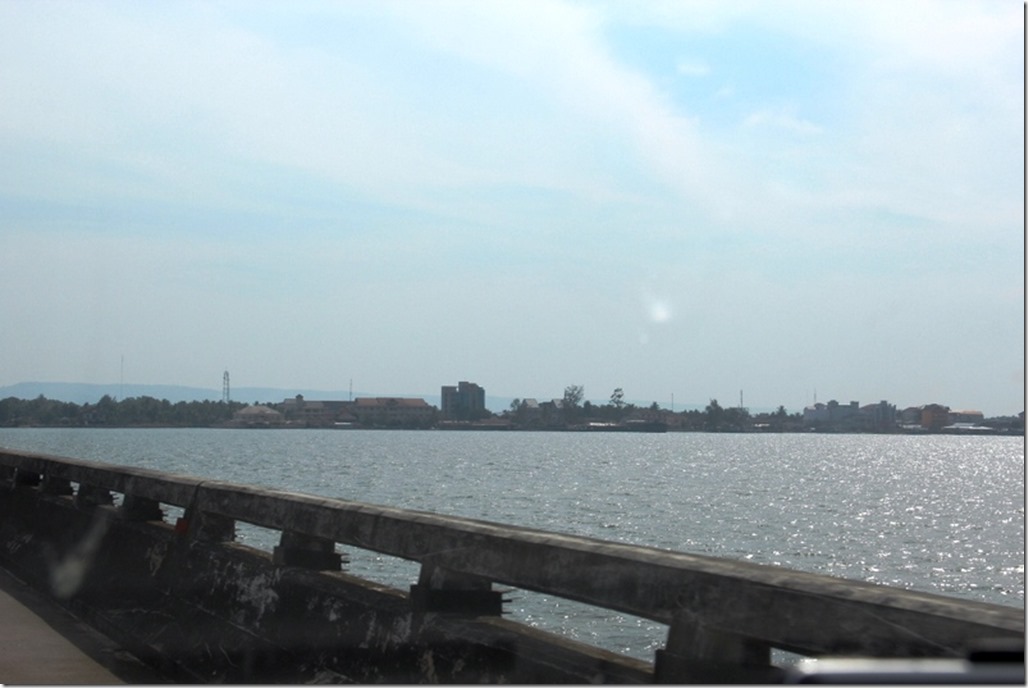
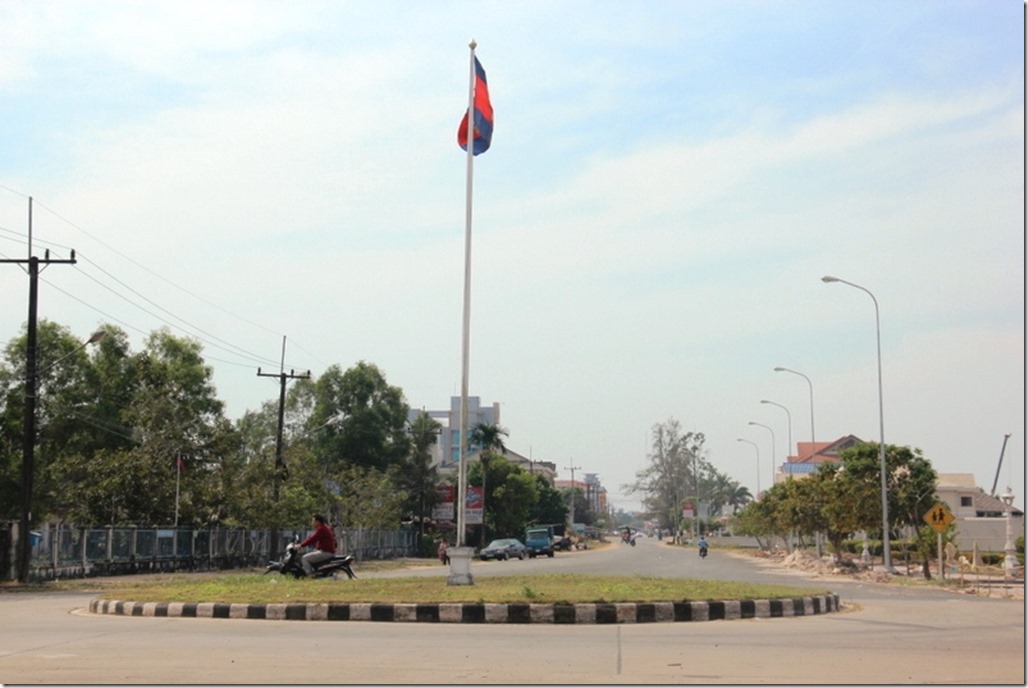
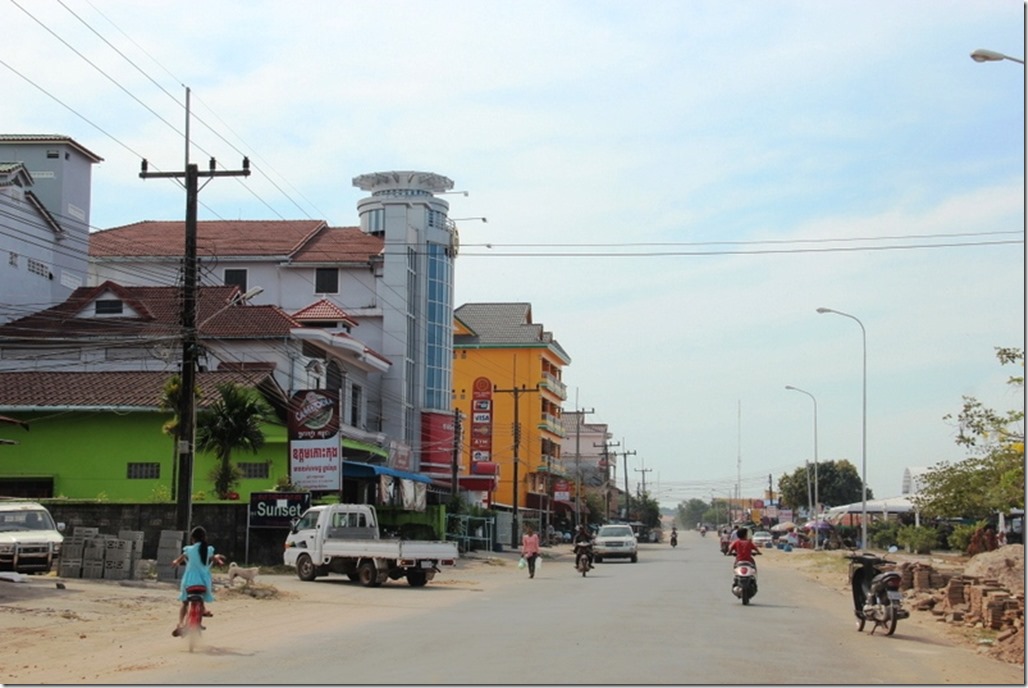
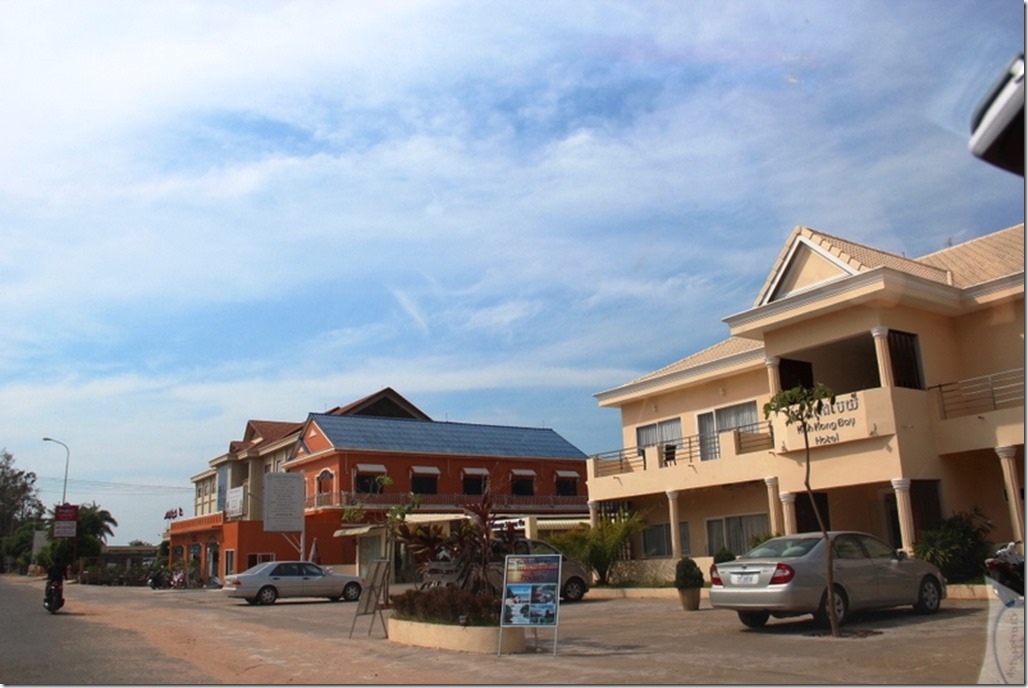
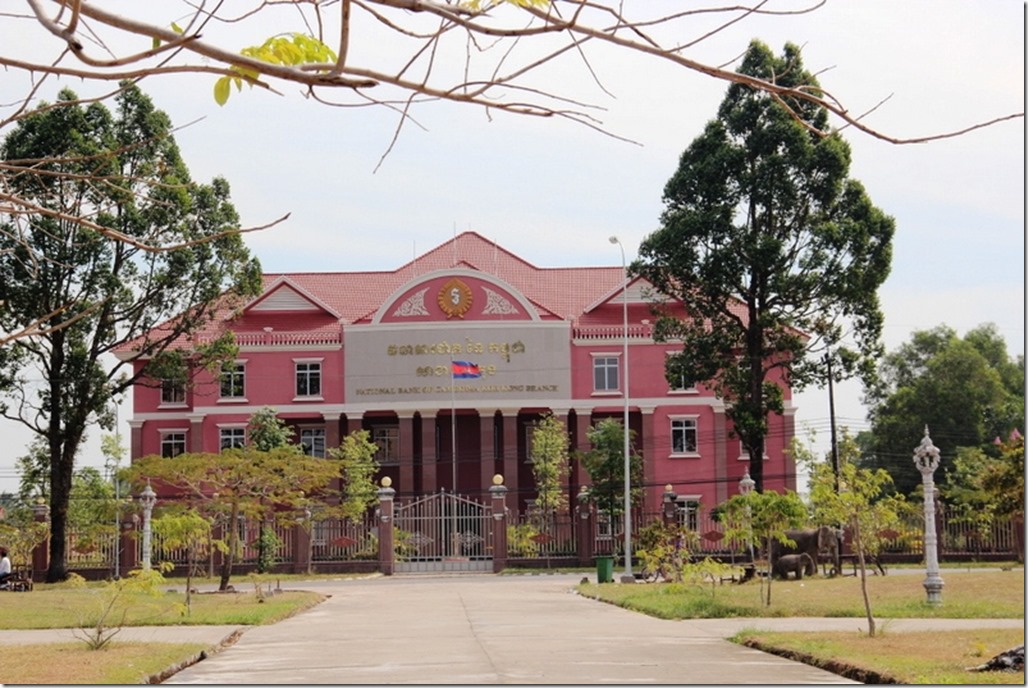
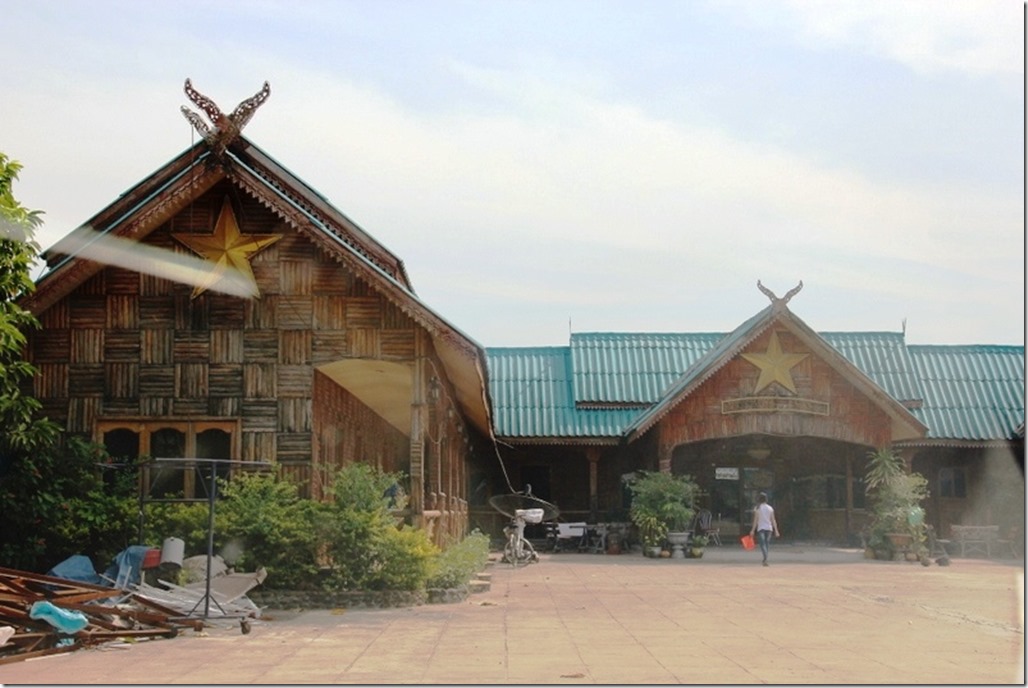
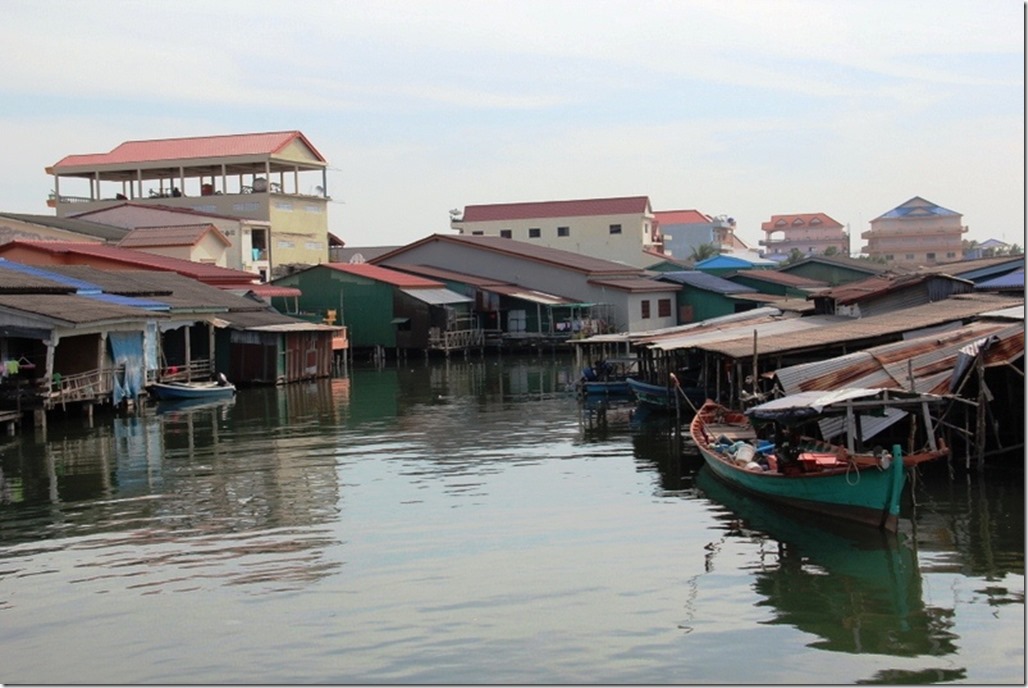
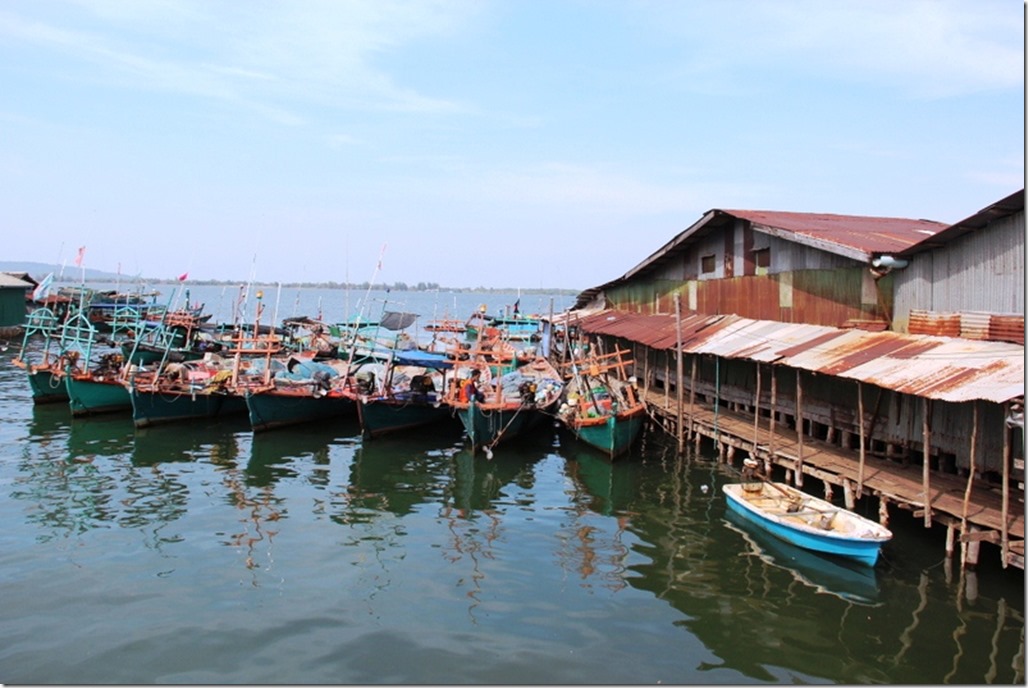
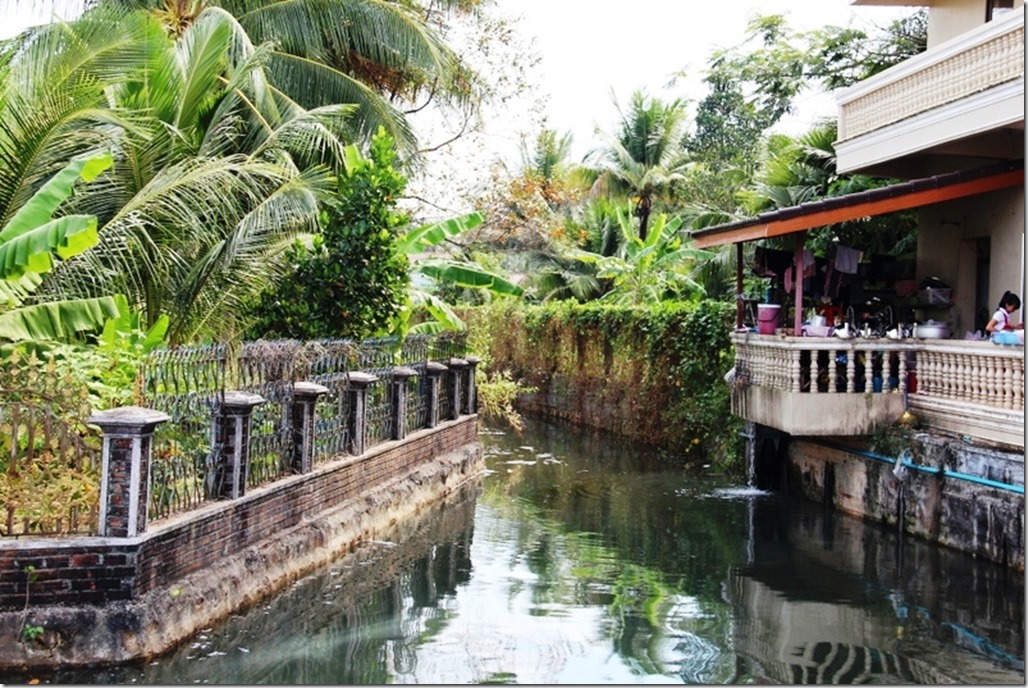
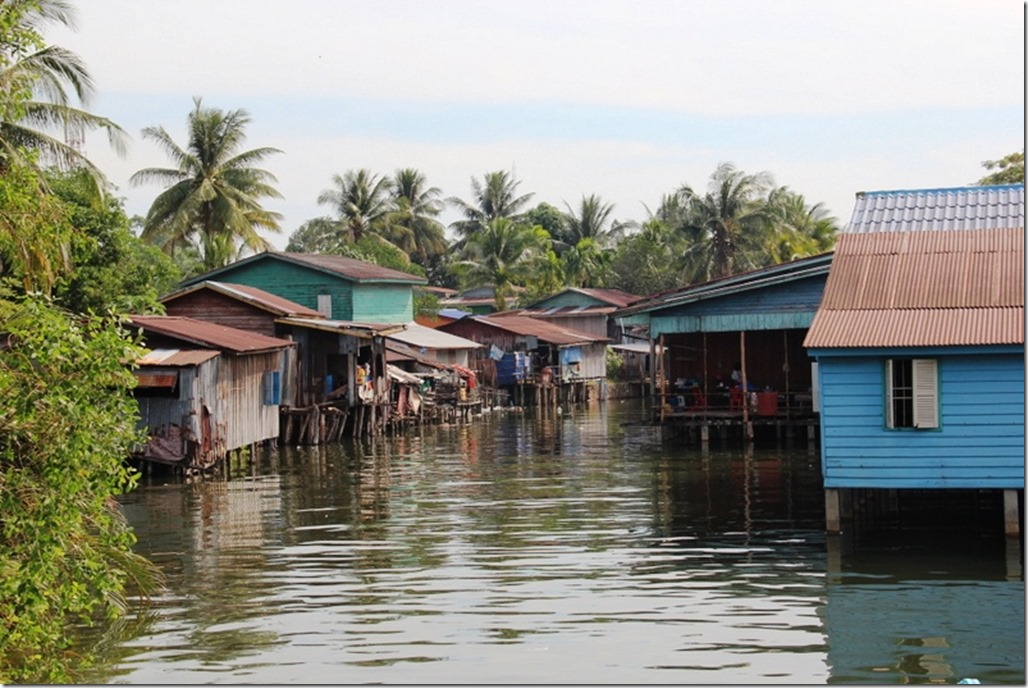
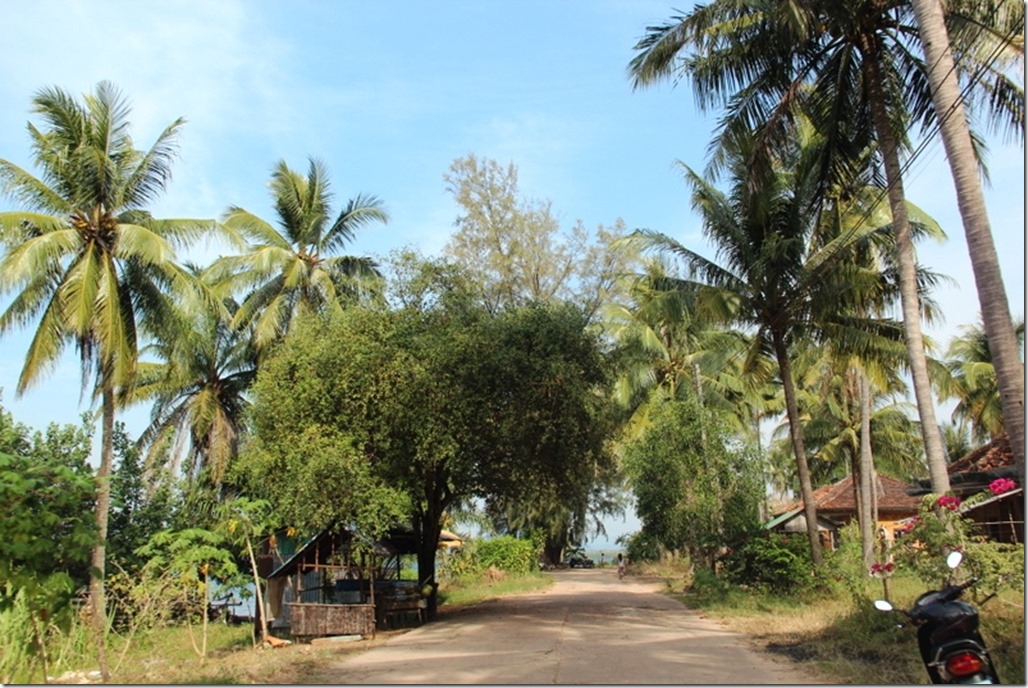
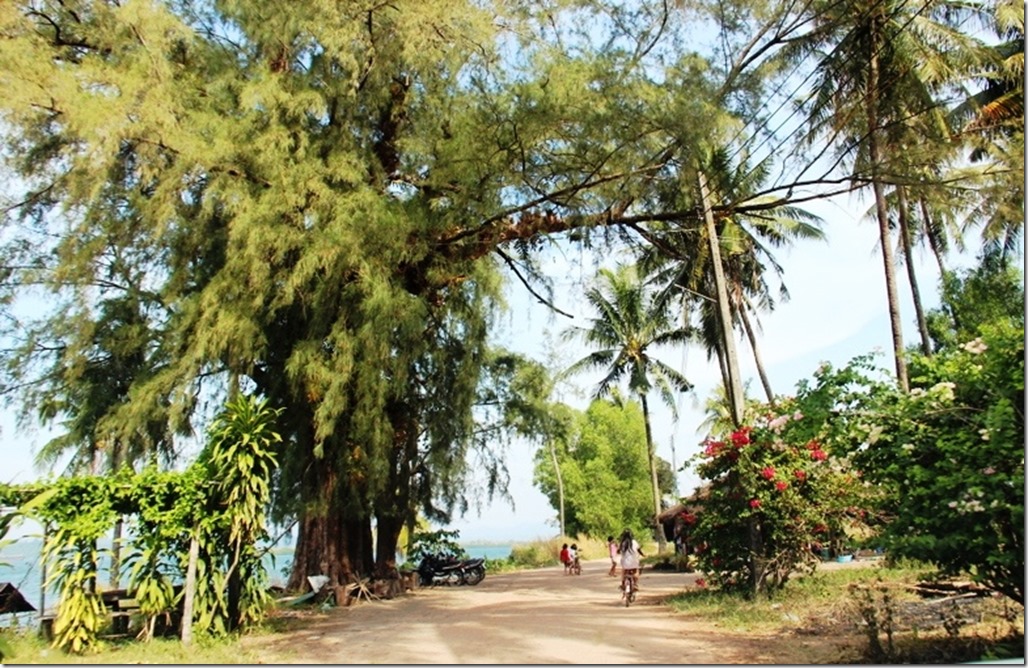
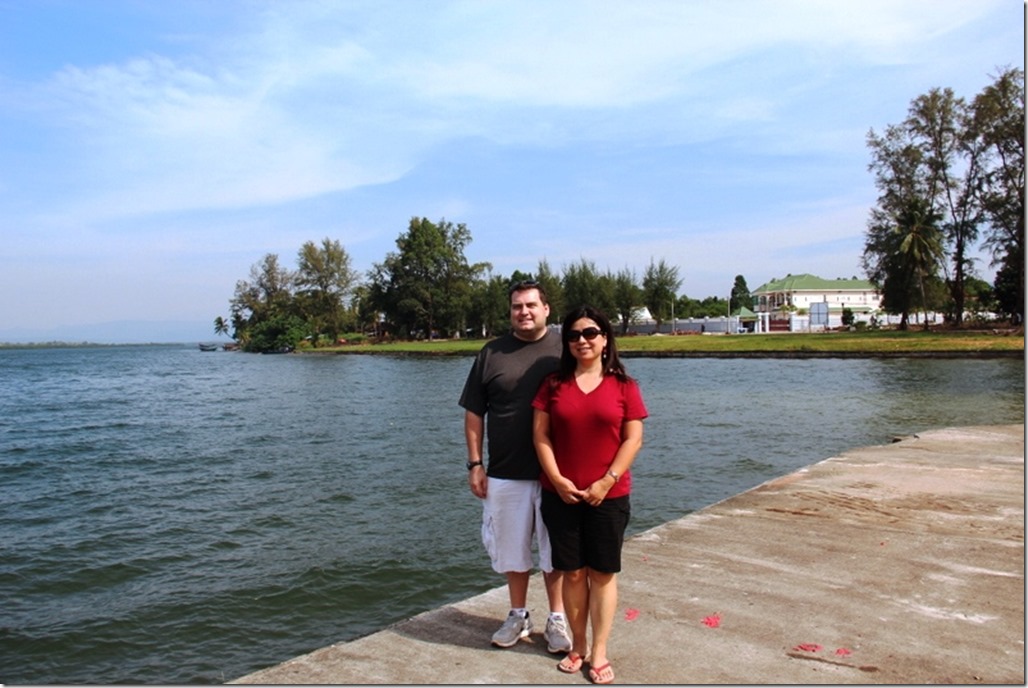
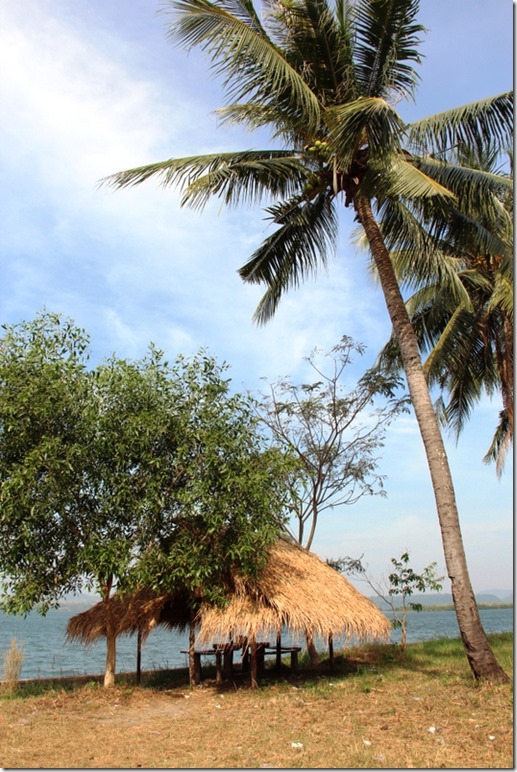
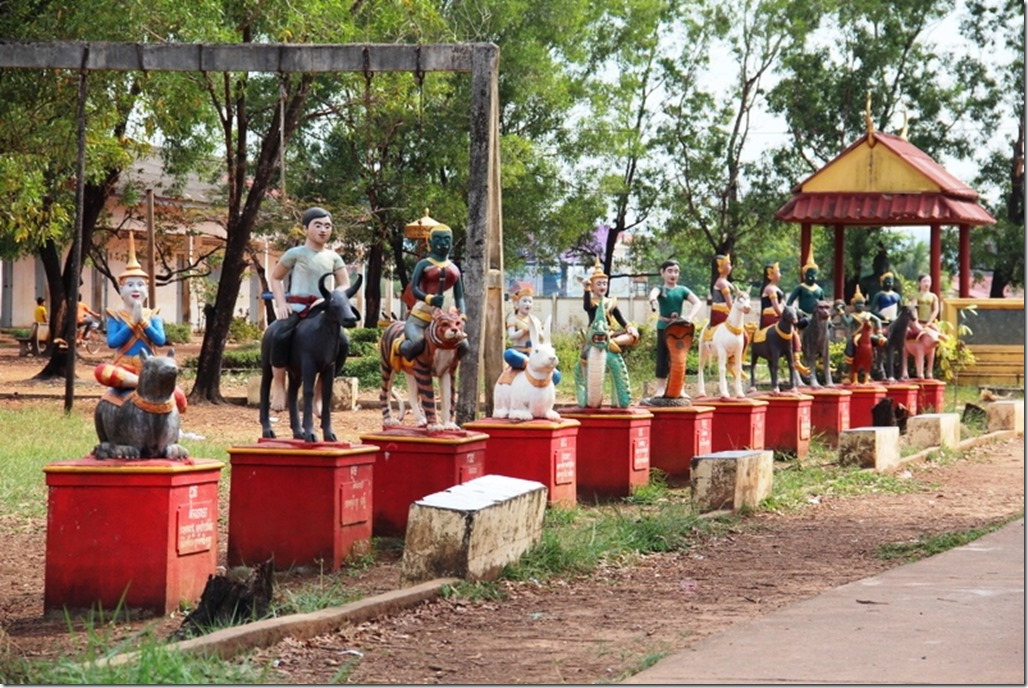
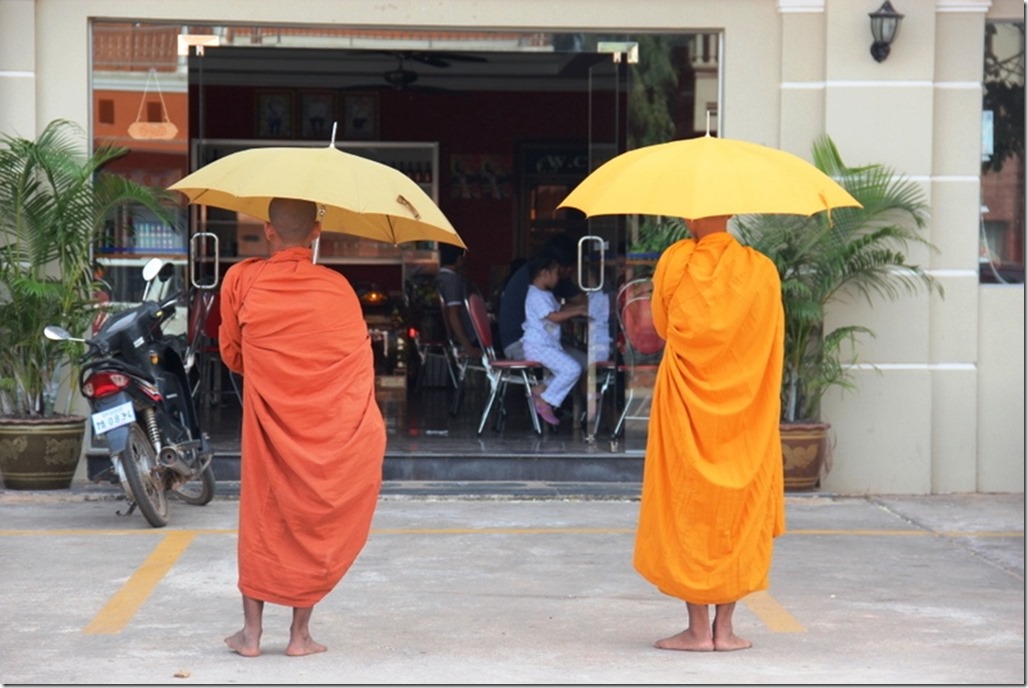
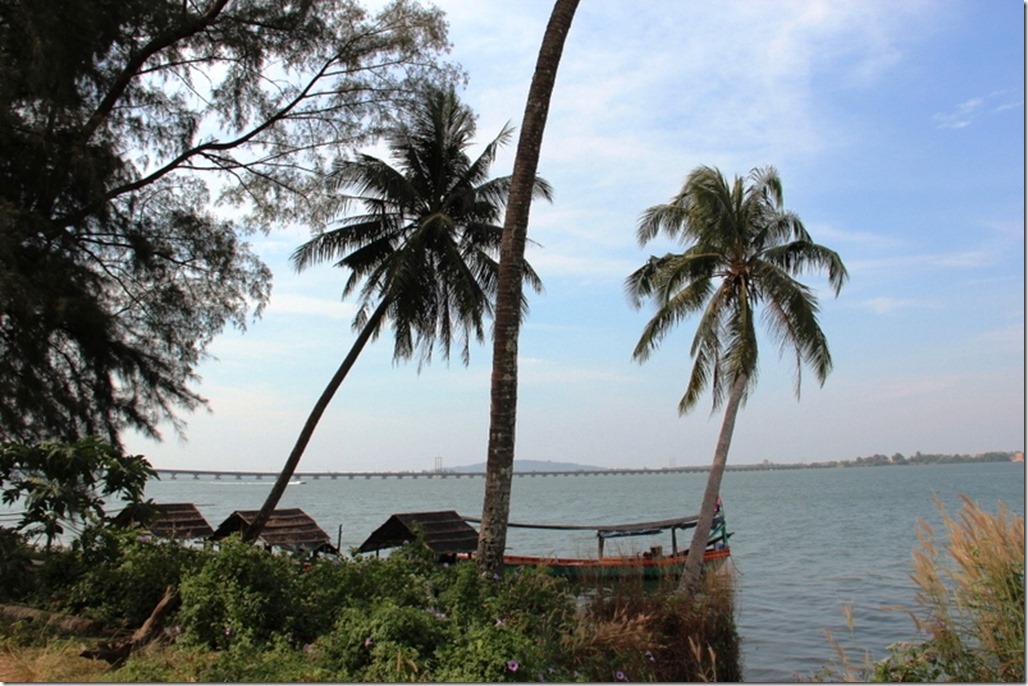
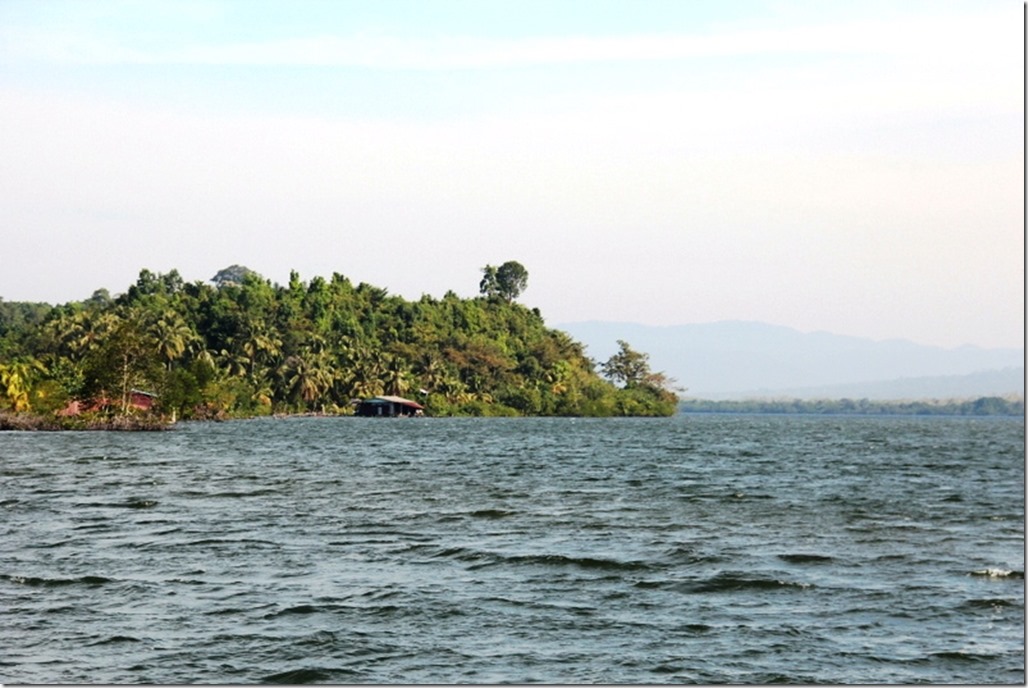
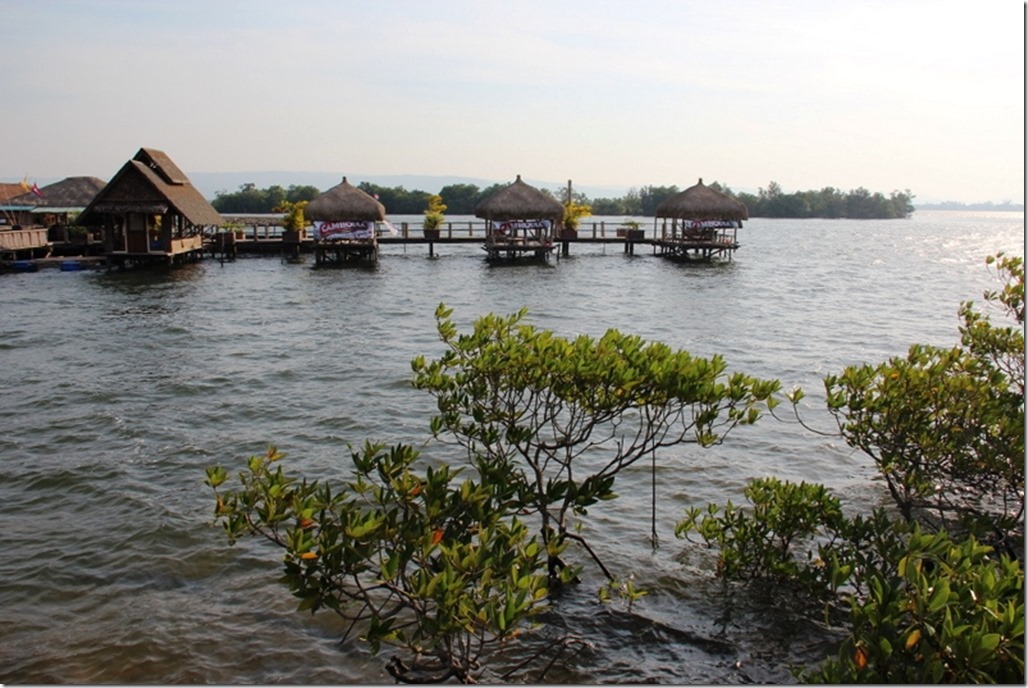
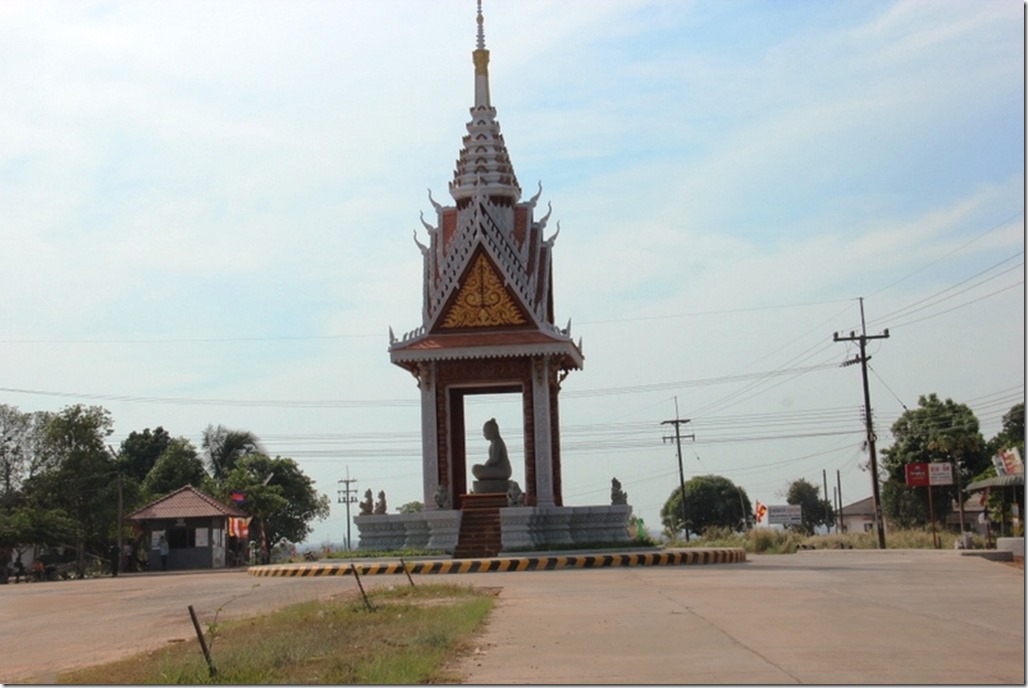
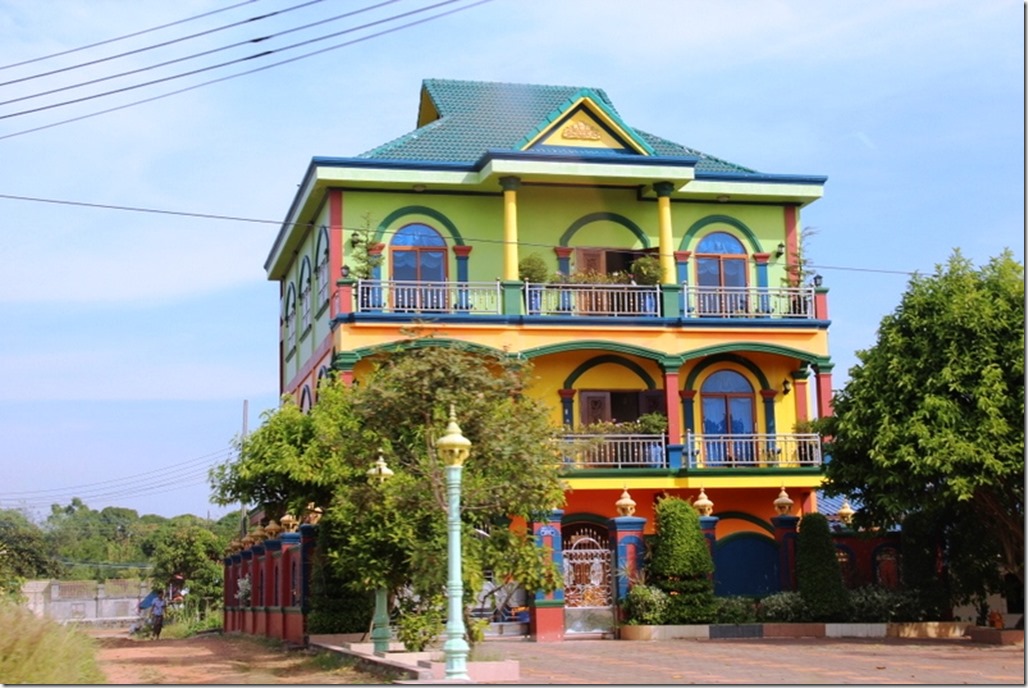
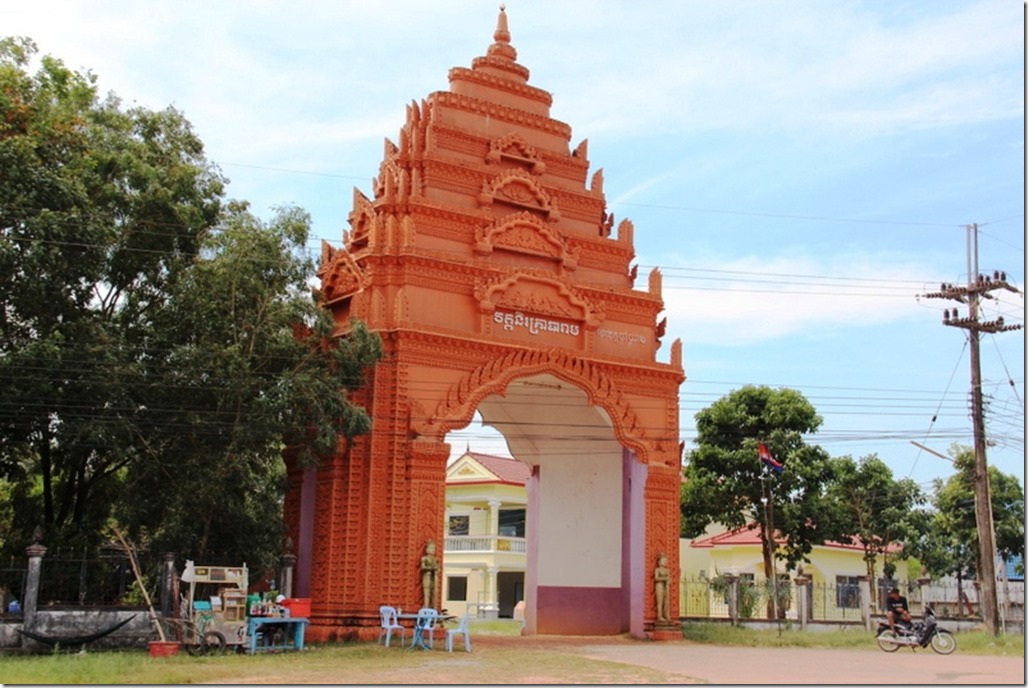
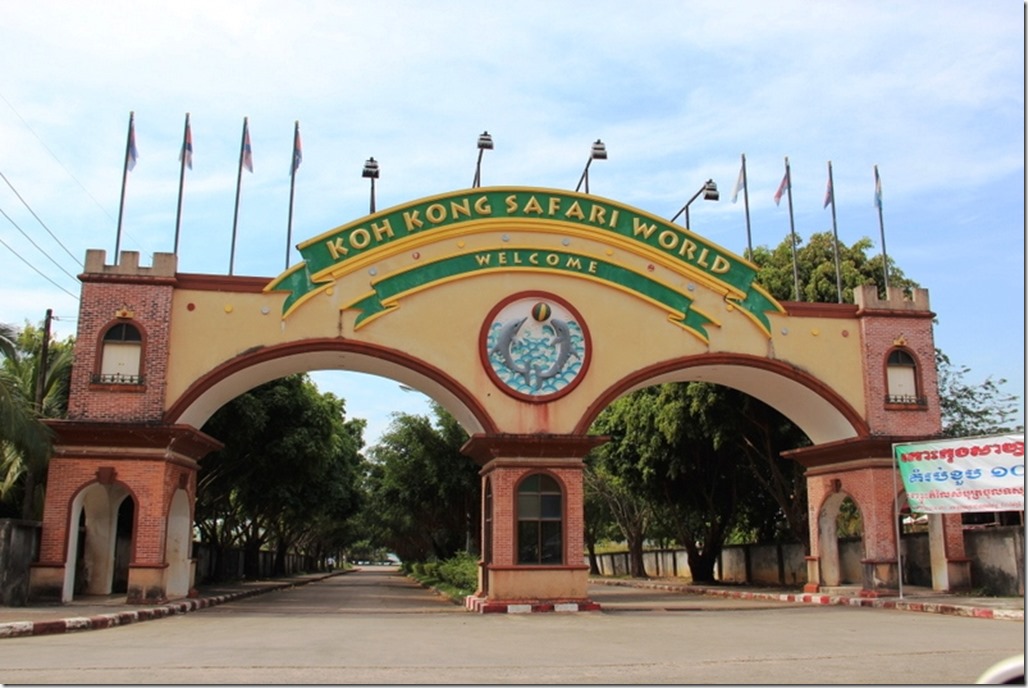
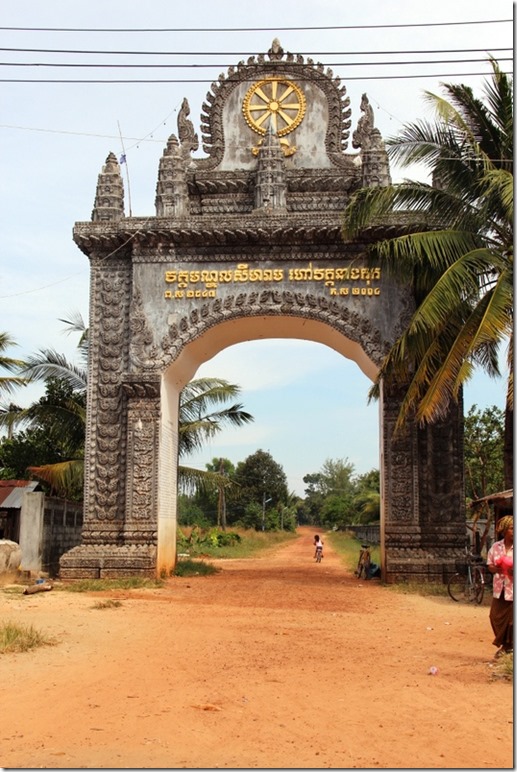
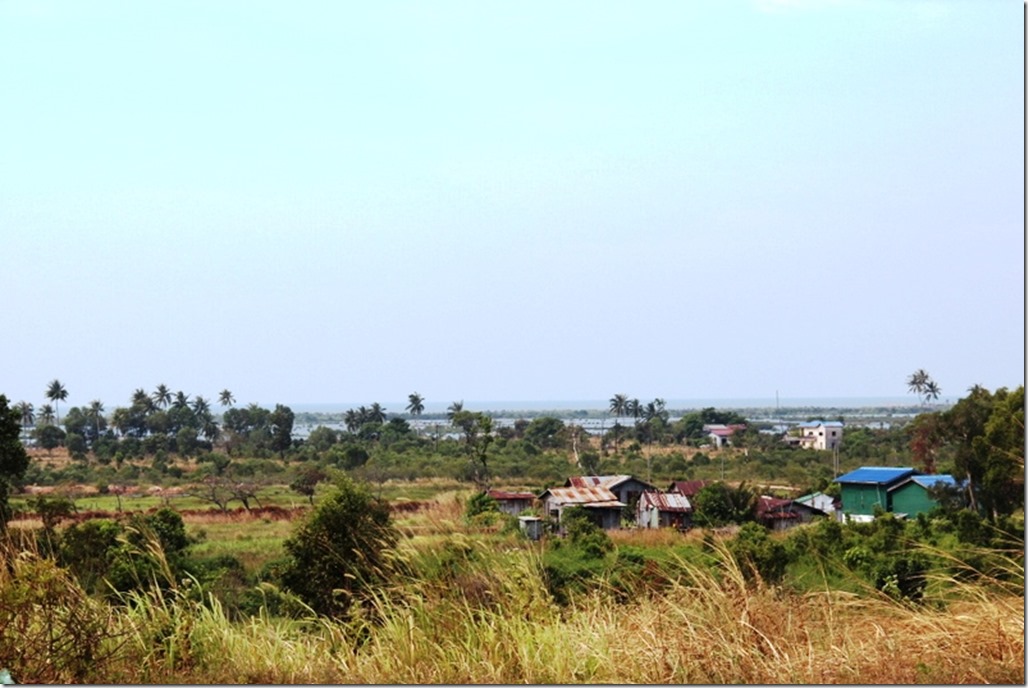
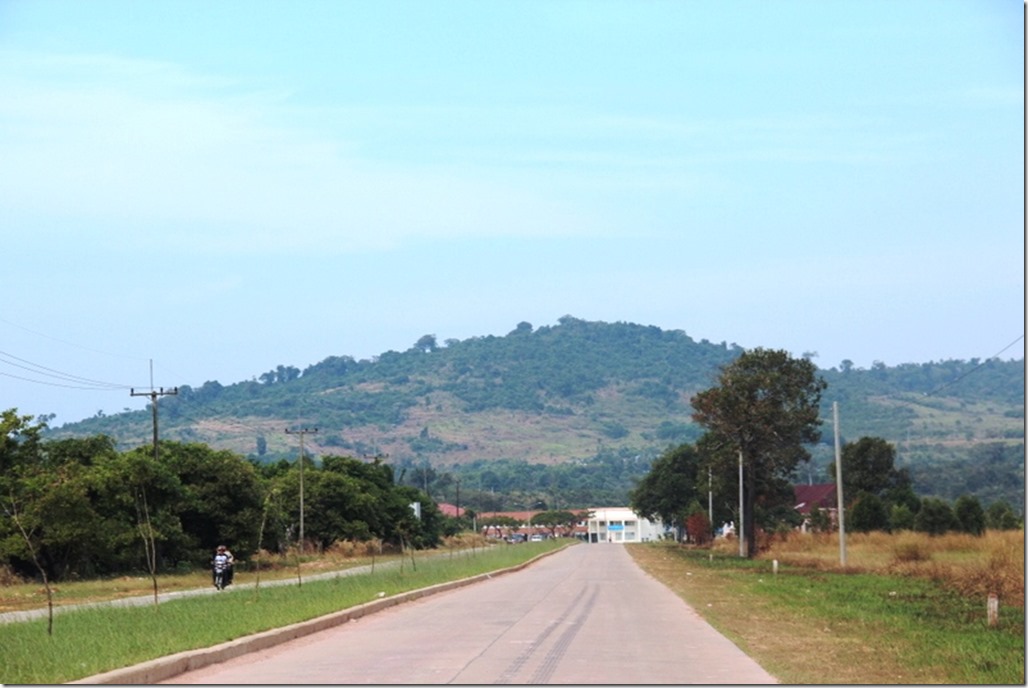
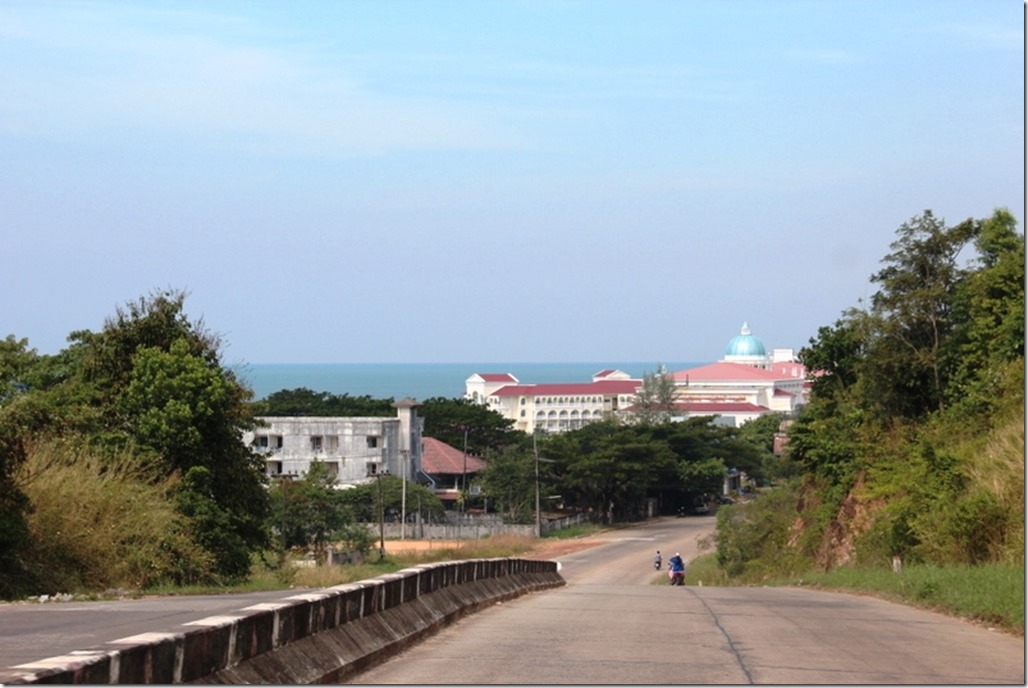
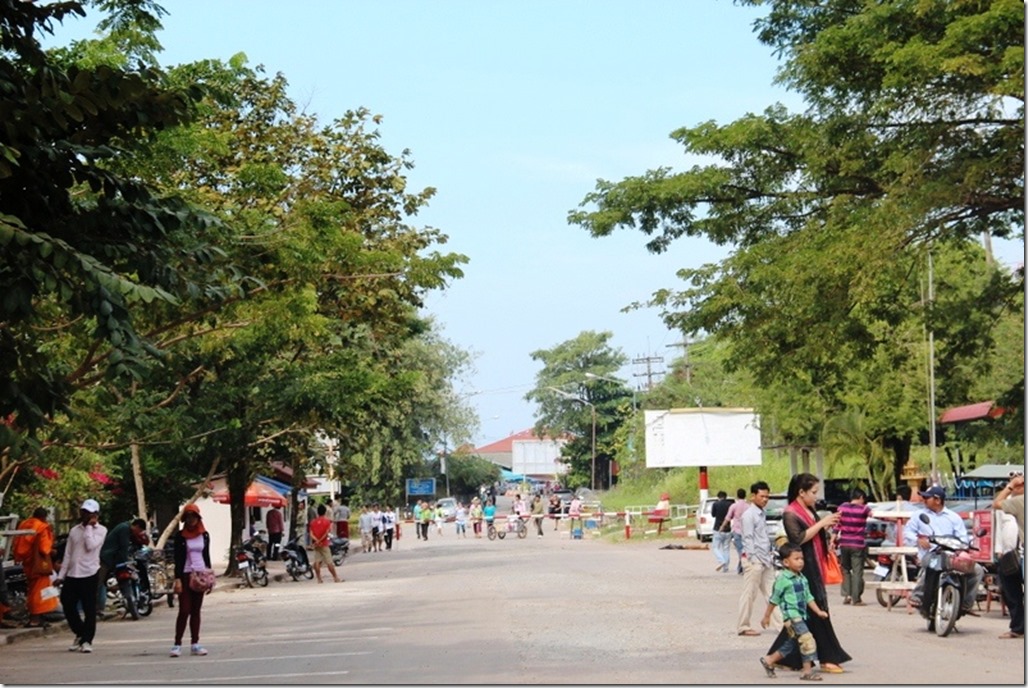
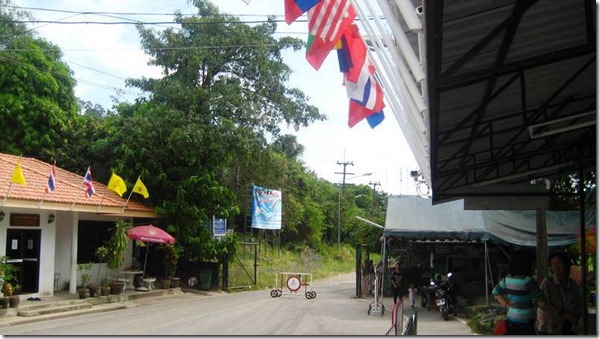
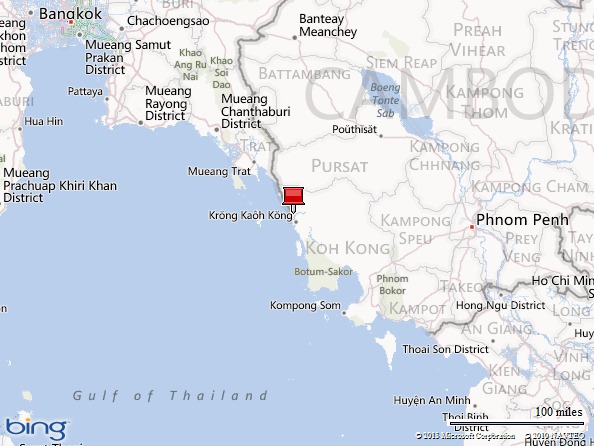
![clip_image002[4] clip_image002[4]](https://www.mgedwards.com/wp-content/uploads/2013/05/clip_image0024.jpg)